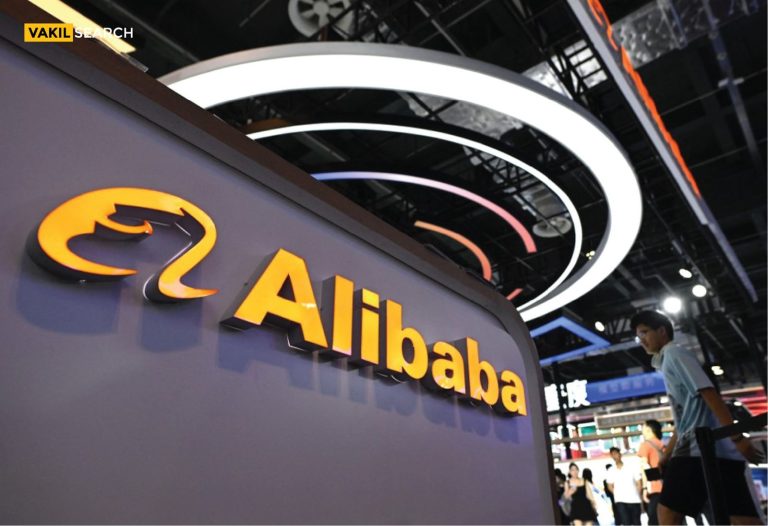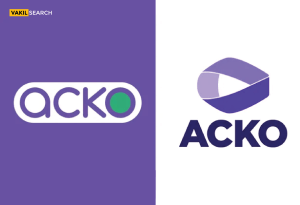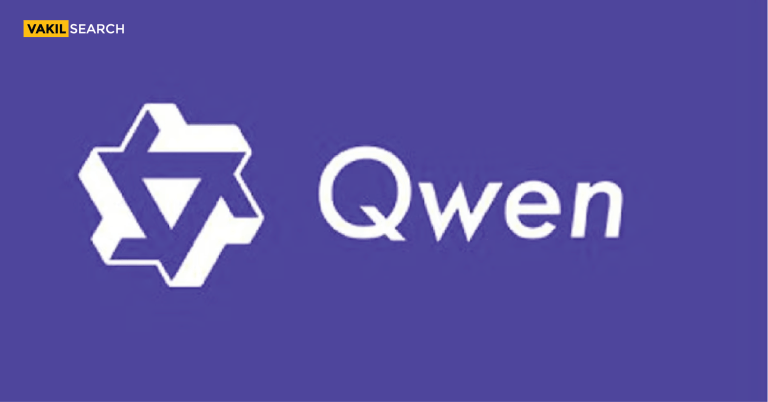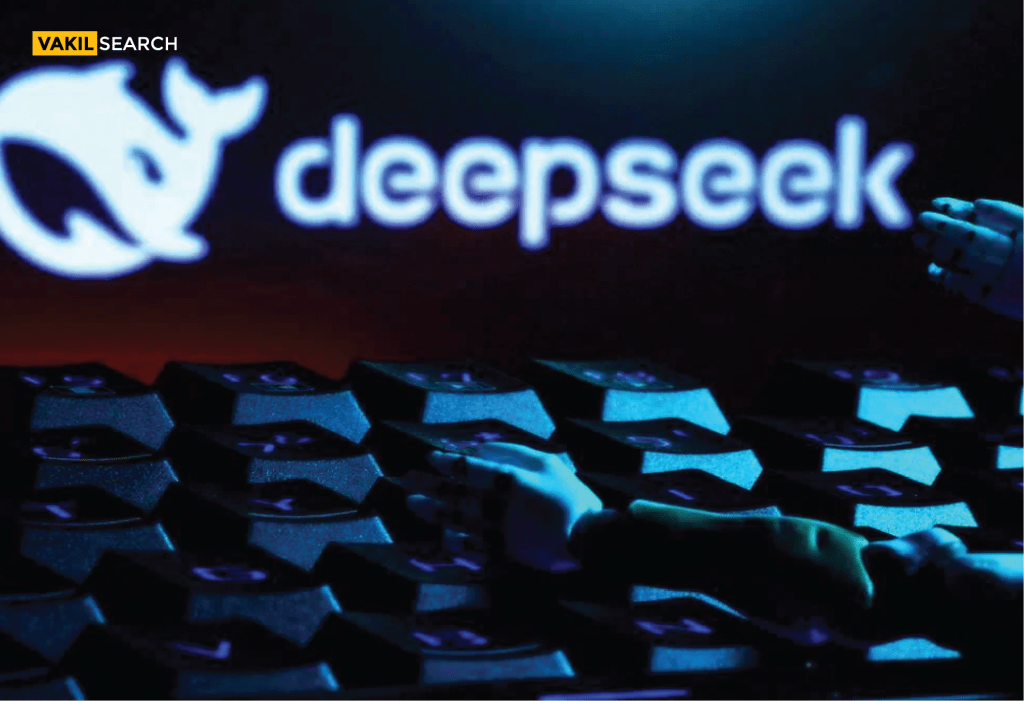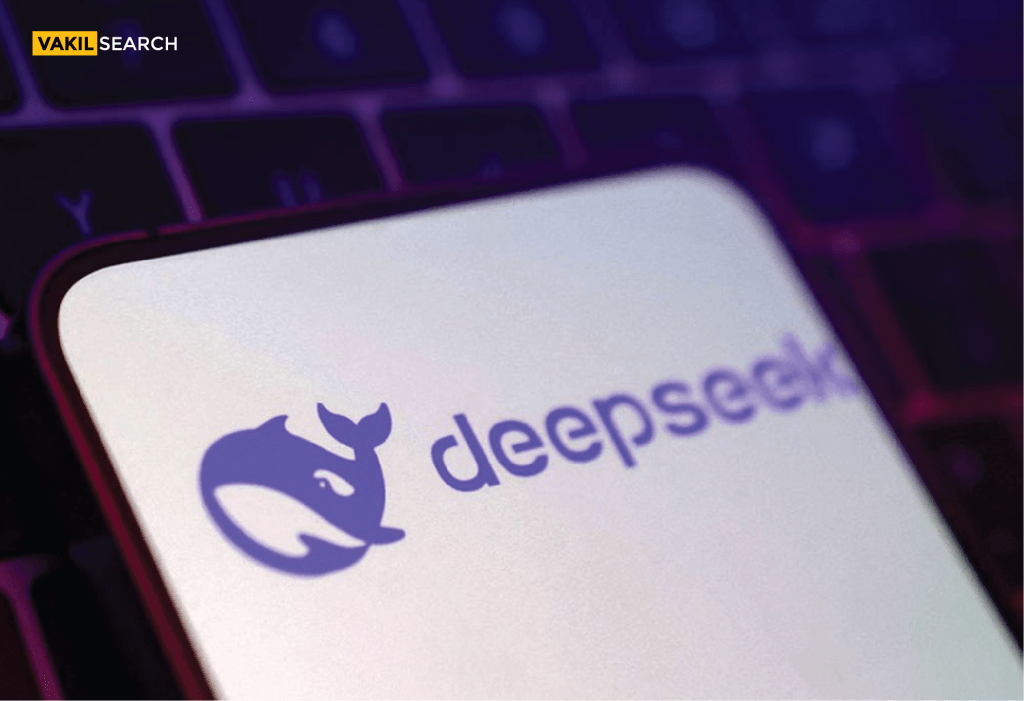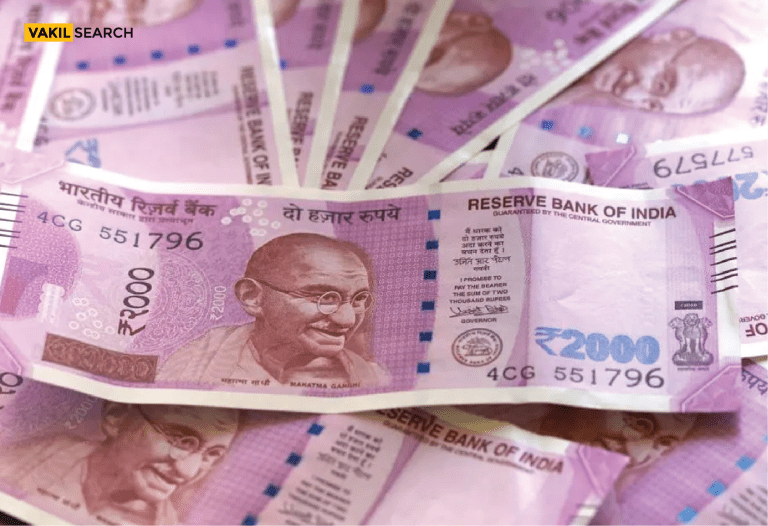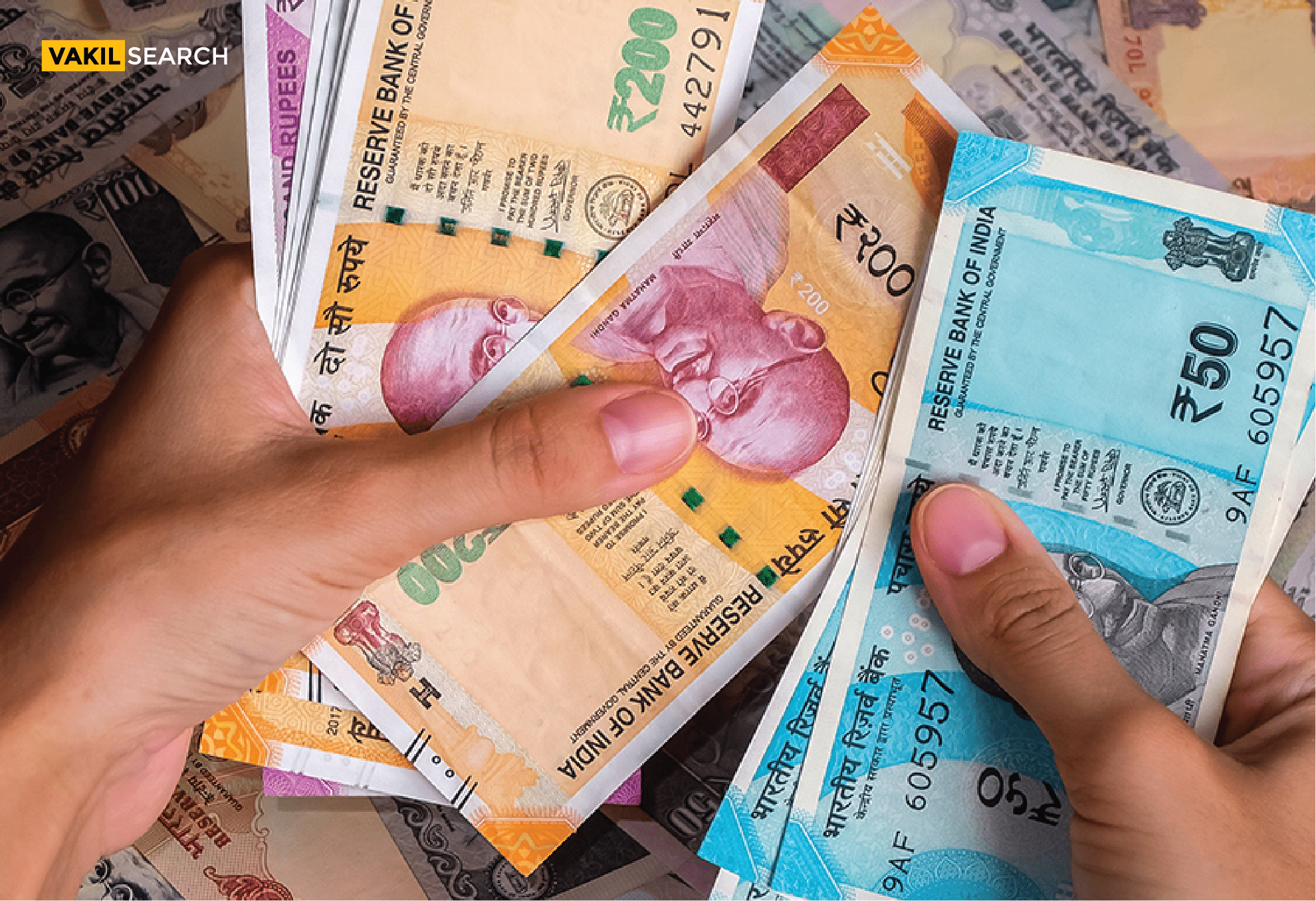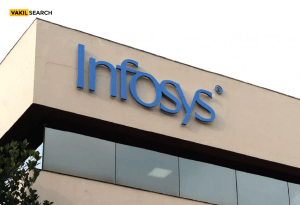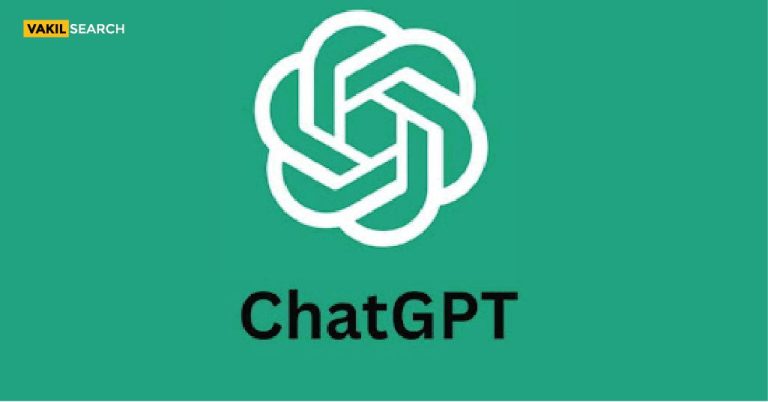The Google Pixel 9a is making waves online with multiple leaks revealing key details about its upcoming launch. As the much-anticipated successor to the Pixel 8a, the Pixel 9a is set to arrive earlier than expected, with pre-orders starting on March 19, 2025. According to the leaks, shipping will begin on March 26, marking an early entry into the market. This comes as a surprise since previous Pixel A-series models typically launched in May.
Pixel 9a Pricing: Competitive and Affordable for Consumers
In terms of pricing, the Pixel 9a will start at $499 (around Rs 43,200) for the base 128GB model. The 256GB variant is expected to be priced at $599 (roughly Rs 51,900). Compared to the Pixel 8a, this is a slight increase, but it remains an affordable option in the mid-range segment. Additionally, Verizon’s mmWave model will see an added $50 cost, making it a bit more expensive.
The Indian pricing is still a mystery but could be similar to the Pixel 8a, which launched at Rs 52,999 and Rs 59,999 for the 128GB and 256GB models. Since the Pixel 9a is expected to launch earlier, local pricing could align with the new timeline and offer a competitive deal for Indian consumers.
A New Design for the Pixel 9a: Clean and Sleek
The design of the Pixel 9a will feature notable changes. Unlike previous models, it will ditch the camera bar and switch to a more streamlined, flush back design. This shift is likely due to the addition of a larger 5,100mAh battery. With this improvement, the phone will still maintain a compact and ergonomic form factor, offering a more refined look compared to its predecessors.
Although the new design might seem subtle, it is a significant departure from the traditional look of Pixel A-series devices. This change could attract users looking for a fresh and modern design, all while improving functionality.
Pixel 9a Display: Bright and Smooth Performance
The Pixel 9a will boast a 6.28-inch display with a peak brightness of 2,700 nits and an HDR brightness of 1,800 nits. This will make outdoor viewing much easier, even in direct sunlight. Additionally, the 120Hz refresh rate and 240Hz touch sampling rate will make scrolling, gaming, and general navigation incredibly smooth.
With such impressive specs, the display of the Pixel 9a promises to compete with other mid-range devices. Users can expect vibrant colors, clear visuals, and smooth interaction, which are essential for an enjoyable smartphone experience.

Performance: Powered by Google’s Tensor G4 Chipset
Under the hood, the Pixel 9a will feature Google’s Tensor G4 chipset, making it one of the most powerful mid-range smartphones. Paired with 8GB of LPDDR5X RAM, it will handle multitasking and demanding apps with ease. This powerful combination ensures a responsive, lag-free experience for users.
For storage, the Pixel 9a will offer two options: 128GB and 256GB. Both configurations will use UFS 3.1 technology, which will allow for faster data transfer speeds, making apps load faster and reducing waiting times.
Software: Android 15 and Long-Term Updates
The Pixel 9a will come with Android 15 out of the box. This ensures that users will enjoy the latest features and improvements, along with enhanced security. Additionally, Google’s commitment to providing up to seven years of software and security updates gives the Pixel 9a a distinct advantage in terms of longevity.
This long-term support is a key selling point for users looking to keep their device up-to-date with the latest software. It also ensures that the Pixel 9a will remain secure and functional for years to come.
Camera Capabilities: Dual Setup for Impressive Photography
The camera setup on the Pixel 9a will consist of a 48-megapixel primary sensor and a 13-megapixel ultra-wide lens. On the front, a 13-megapixel sensor will take care of selfies and video calls. As with previous Pixel devices, the camera will be equipped with Google’s renowned software features, including Night Sight, Astrophotography, and Super Res Zoom, ensuring top-tier photography.
Whether in low light or daylight, the Pixel 9a promises to deliver clear, detailed images. The camera’s AI-powered features will enhance user experience and make it one of the best in its category.
Charging and Battery: A Solid Performance with Minor Limitations
While the Pixel 9a is expected to sport an impressive 5,100mAh battery, its charging speeds may not stand out. The device will support 23W wired charging and 7.5W wireless charging. While these speeds are decent, they are slower compared to other devices that offer faster charging options.
Despite this, the large battery size should provide more than enough power for all-day use. The device’s battery life could make up for slower charging, offering a longer usage time per charge.
Color Variants: A Choice for Every User
The Pixel 9a will launch in four color variants: Obsidian, Porcelain, Iris, and Peony. These colors will cater to a variety of preferences, from classic to vibrant. The range of choices will ensure that users can pick a shade that suits their personal style.
The addition of new color options is likely to appeal to consumers who want a phone that stands out or one that fits seamlessly into their everyday life.

Conclusion: A Mid-Range Powerhouse for 2025
In conclusion, the Pixel 9a looks set to be a strong competitor in the mid-range smartphone market. With a competitive price, powerful features, and an early release, it’s positioned to attract a wide audience. Whether you’re looking for a powerful camera, fast performance, or a sleek design, the Pixel 9a has something to offer.
With the launch just around the corner, consumers will soon be able to experience what promises to be one of the best mid-range smartphones of 2025. Keep an eye on the official release for more details and updates.
Streamline your technology, media, and telecom compliance with VakilSearch. Expert legal solutions tailored for TMT businesses. Get started today!



